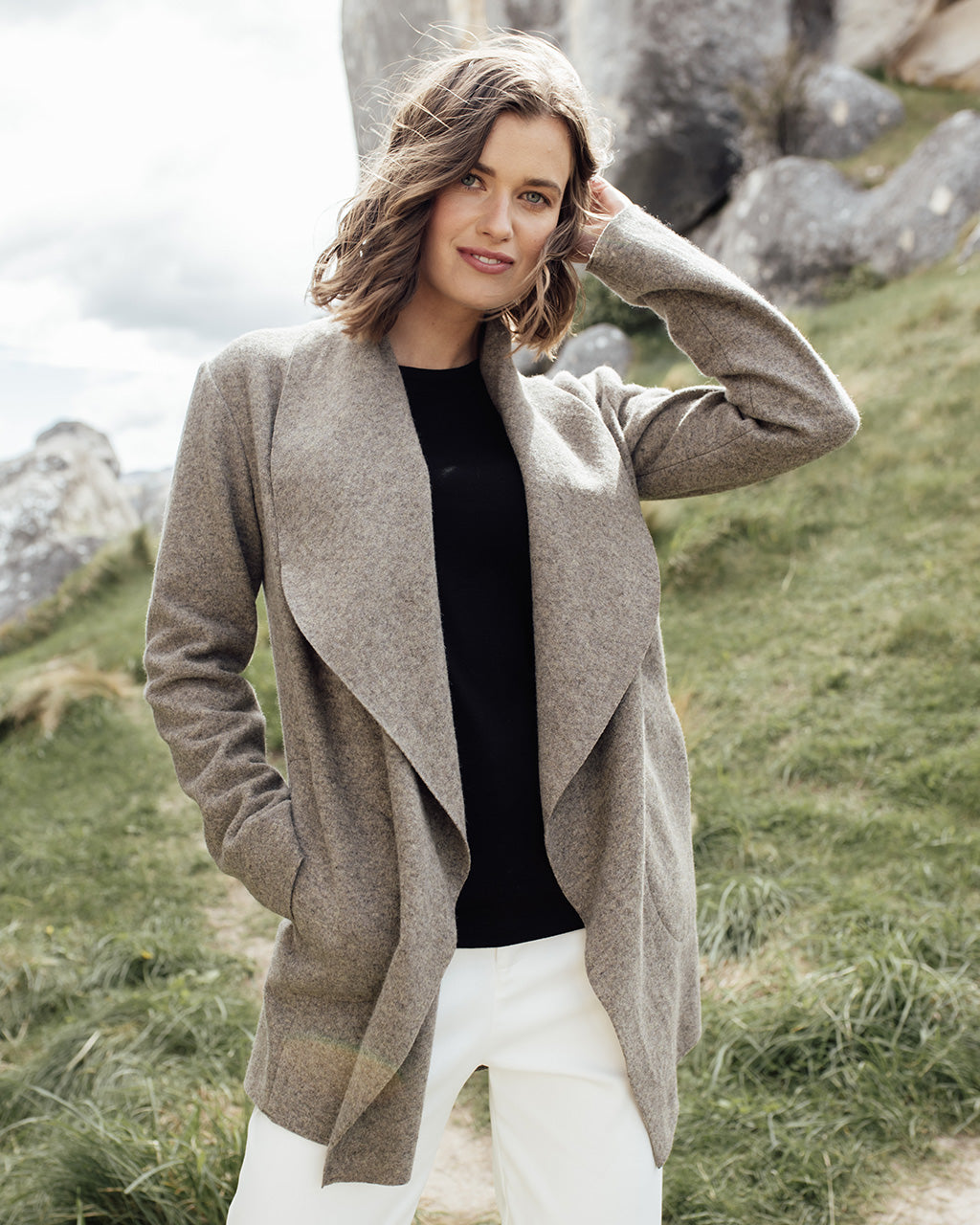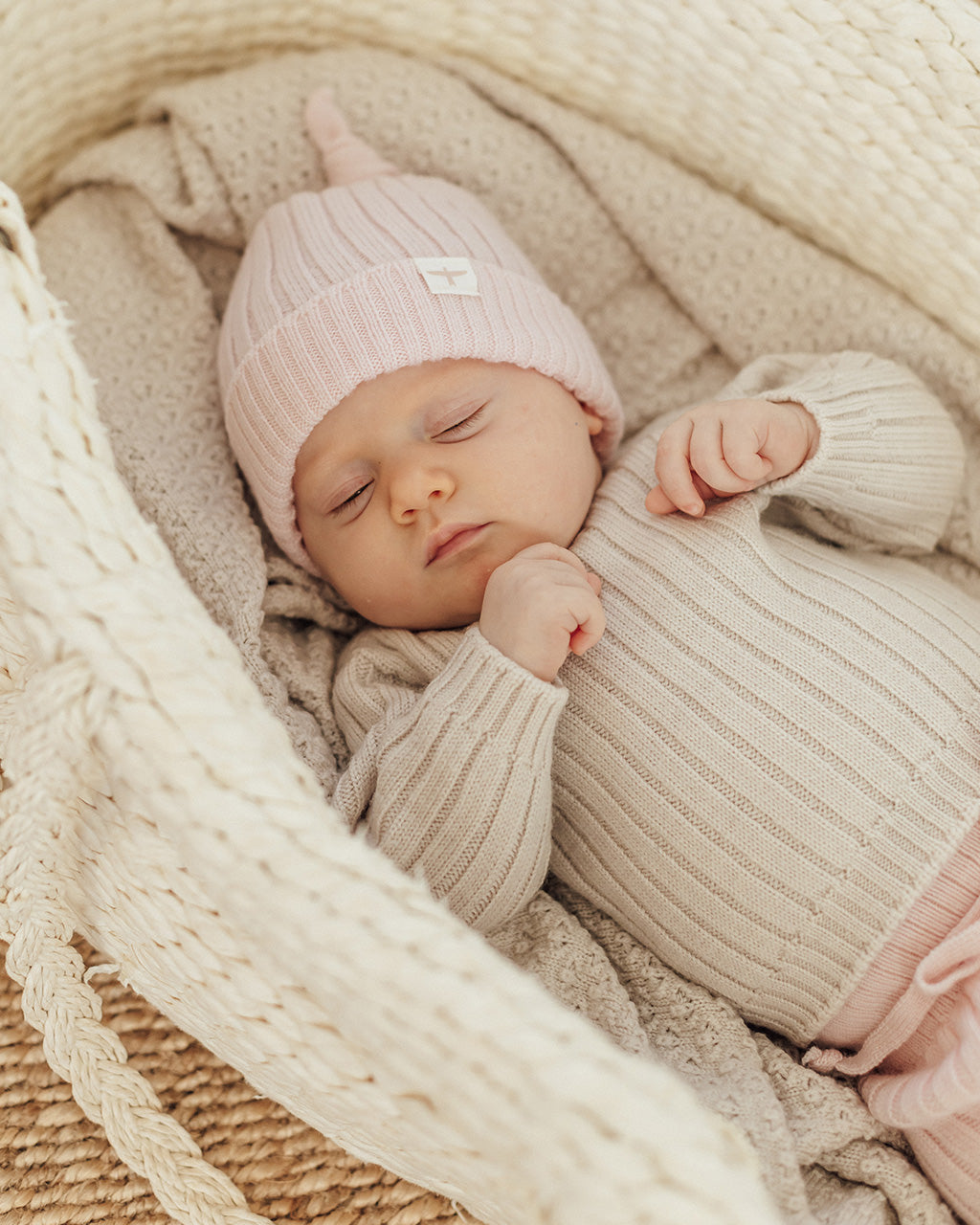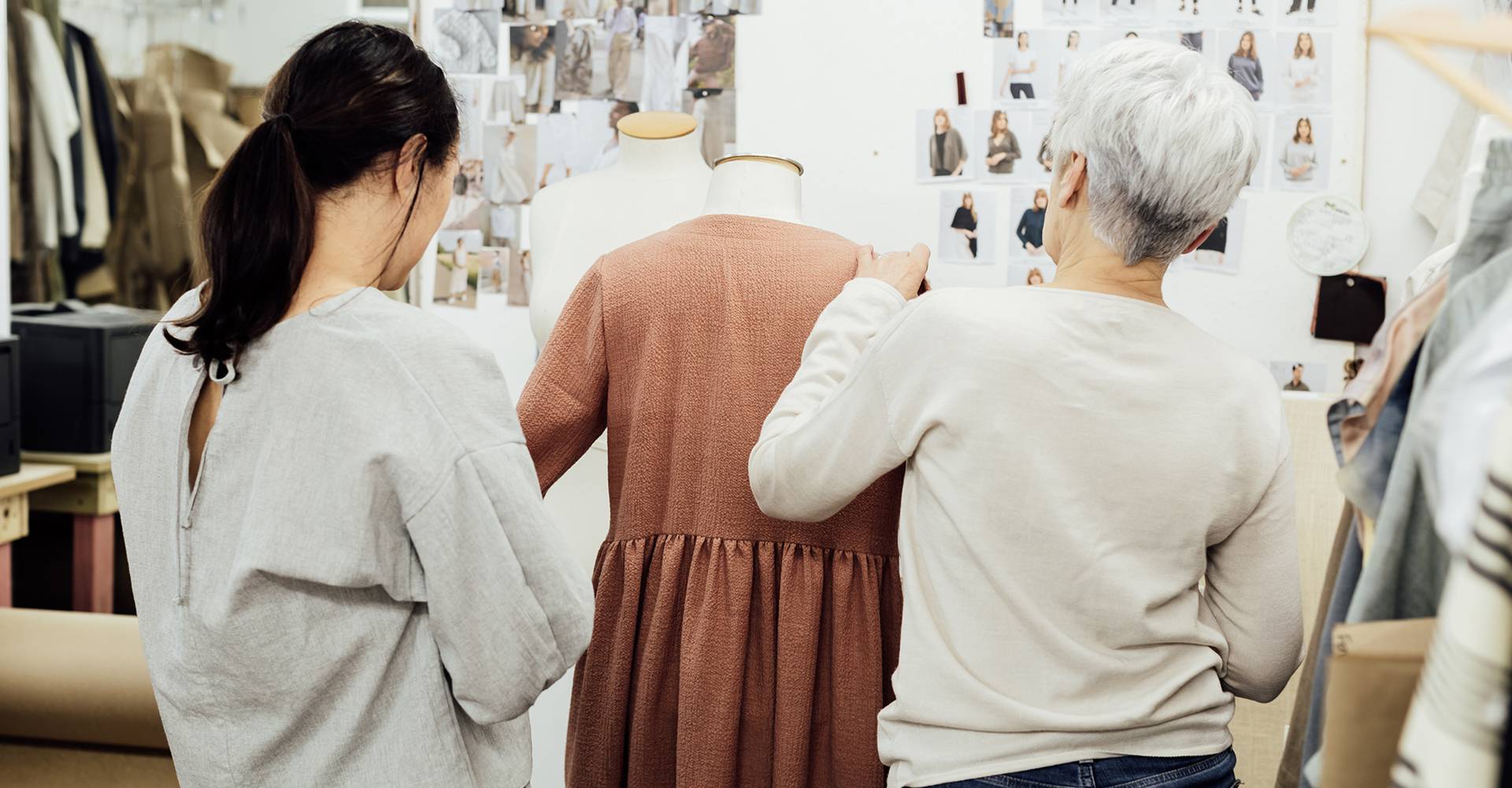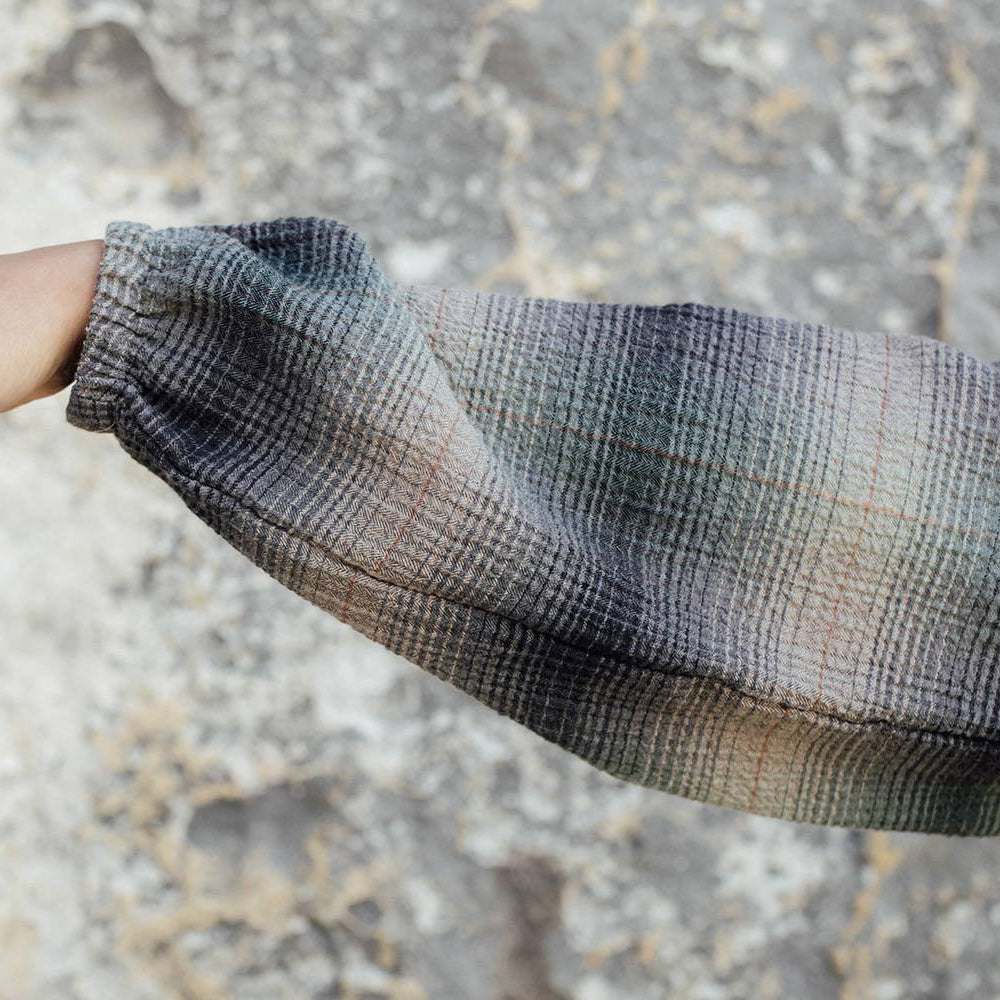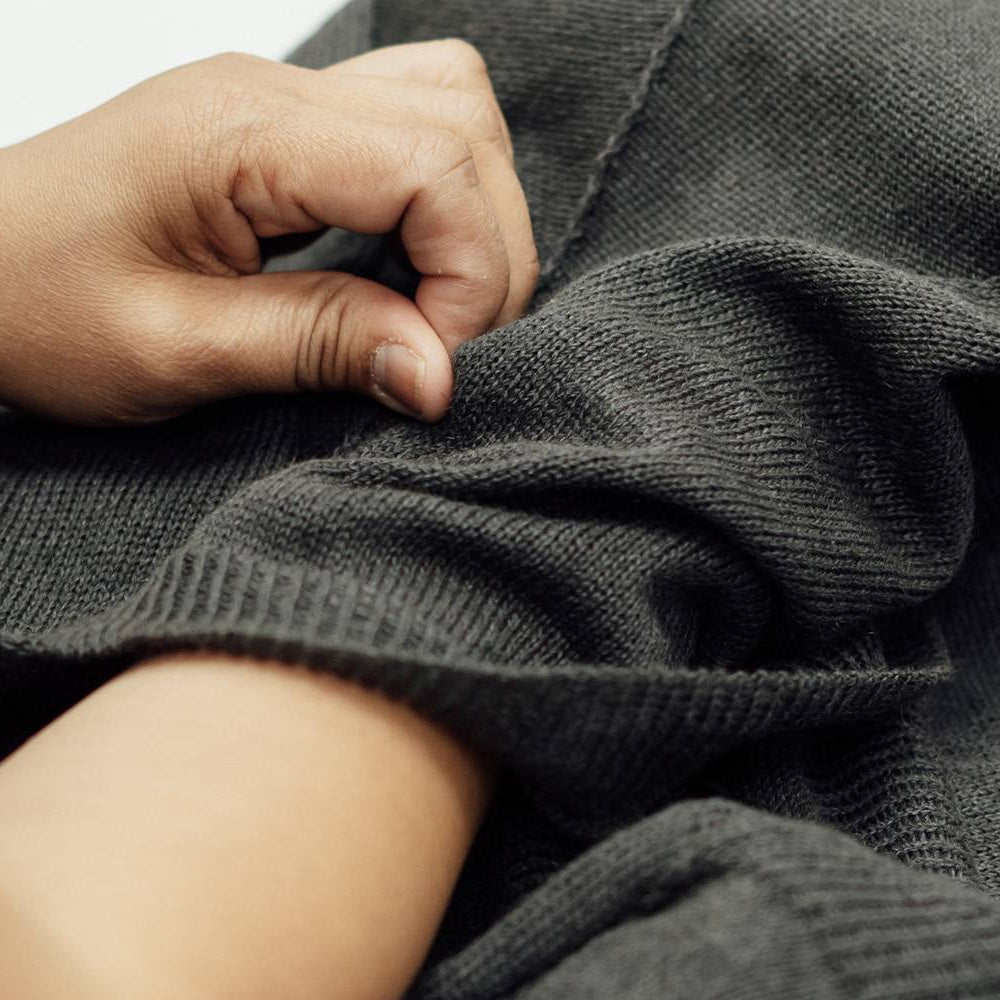In the age of greenwashing, it’s unsurprising that there are many myths floating around which can often make ethical fashion seem less desirable and less accessible. But as conscious consumers, it’s important that we think critically to separate the myths from the truth. However, we know that’s not always easy, so we’ve debunked some of the most common ethical fashion myths for you.
Myth: Ethical fashion is boring
Truth: Ethical fashion isn’t an aesthetic, it’s an ethos and a considered approach to design and manufacturing. So, in fact, ethical fashion can be whatever you want it to be. Within Untouched World’s collections alone we have floaty dresses, pastel knits, bold florals, casual joggers, tailored pants, relaxed hoodies, and classic crews. Ethical fashion is every bit as expressive, individual, and exciting as any other type of fashion – the only difference is it’s made with respect for people and the environment.
Myth: Ethical fashion is too expensive
Truth: Ethically made fashion is priced to account for fair wages, responsibly cultivated fibres, high quality, and longevity. The price reflects a fair and responsible way of doing things. It’s only in comparison to fast fashion’s rock bottom prices that ethical fashion appears to be expensive. The reality is that fast fashion is much too cheap, and people and planet are the ones paying the real price. Such low prices mean suppliers can’t pay fair wages, garment makers must work incredibly long hours to meet order demands and earn just about enough, pieces are made from fossil fuel-based synthetics because they’re cheaper, and corners are cut when it comes to fit, design, and quality.
Cheap prices also promote a disposable approach to fashion, encouraging people to buy more and more. So, while the prices are low per item, when it’s being bought in such high volume it becomes very expensive. On the other hand, ethical fashion encourages a slower approach, focused on fewer pieces of higher quality. When one piece lasts for decades, it doesn’t seem quite so expensive at all.
Myth: Natural fibres are automatically ethical and sustainable
Truth: Natural fibres are always our first choice, but there are different levels of ethics and sustainability within natural fibres, just like there are in the wider fashion industry. Conventionally grown cotton can rely heavily on pesticides, for instance, while non-certified merino could come from mulesed sheep. With this in mind, you’ll notice that we don’t just use standard merino or cotton from anywhere, we use certified responsible, regenerative, fairtrade, or organic sources. In putting in the extra effort and using certified natural fibres we can promote a whole range of benefits including fair wages, improved biodiversity, and no waste closed loop production processes which are better for the environment.
Myth: Ethical fashion is hard to find
Truth: Undoubtedly, fast, unethical fashion is widely advertised, and brands often have big marketing budgets so that you see it everywhere from billboards to social media. However, there are lots of ethical fashion guides online which are a great place to start. Good On You provides comprehensive ratings for all sorts of brands as well as providing ethical alternatives to those who aren’t up to scratch, and B Corp has a useful search function which allows you to track down certified brands. You’ll also find that ethical brands are a supportive bunch and are always happy to promote their peers, so once you find one ethical brand, you open the door to many more. For instance, we shared a whole host of ethical, NZ based brands on our blog.
Myth: You have to clear out your wardrobe and start from scratch
Truth: The most sustainable item is the one that’s already in your wardrobe. Moving forwards more mindfully and buying from ethical brands is a wonderfully positive step to take, but that doesn’t mean you must get rid of anything you have that might come from unethical sources. If you already own fast fashion or pieces from a brand you no longer support, rather than letting them become waste, the best thing you can do is wear them for as long as possible. We all have to start somewhere, and it’s very rare that anyone’s wardrobe is full of only ethical pieces.
Myth: Recycling can solve our problems
Truth: It’s true that we need solutions for the clothing and fabric that has become waste, however, just a tiny fraction of clothing – less than 1%! – is ever recycled into fibre for new clothing, showing that we’ve got a long way to go. The reason such a small percentage of clothing is turned back into new clothing is because fashion is much harder to recycle than glass or even plastic bottles for example. Recycling should be the solution for the unavoidable bits of waste – like the knit offcuts we recycle into yarn for our Rubbish Socks – but the solution needs to start right at the beginning of the design process. Making fewer pieces that last longer, using higher quality fabrics, using compostable natural fibres, and offering repair services to keep clothes in the loop for longer should all be done before resorting to recycling. When we make better clothes, they don’t become waste.
Myth: Individuals can’t make a difference
Truth: The ‘fashion problem’ seems huge, so it’s not unusual for people to think that they alone can’t make a difference by changing their habits. But when many individuals act, it becomes a collective effort. You are not one person on your own, you are part of a group and by supporting a different way of doing things you send a signal to the wider industry that you will not spend your money on unethical products. Not only this, but research shows that we’re more likely to be influenced by friends and family than influencers, so leading by example and sharing your favourite ethical brands with the people in your life can have a powerful domino effect.
While you’re in the mood for myth-busting and truth-telling, read our guide to greenwashing to find out how to know when a brand is misleading you.


